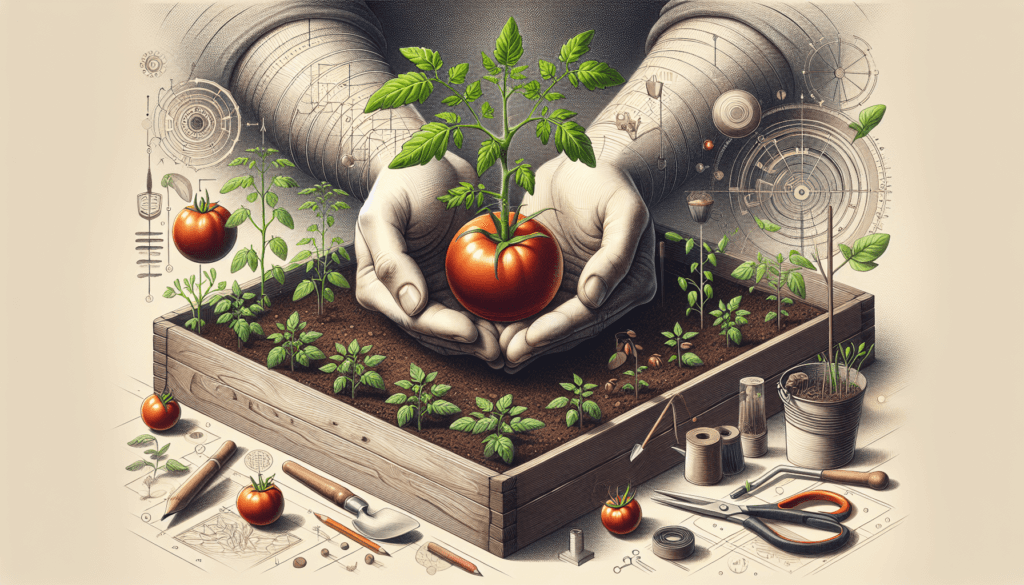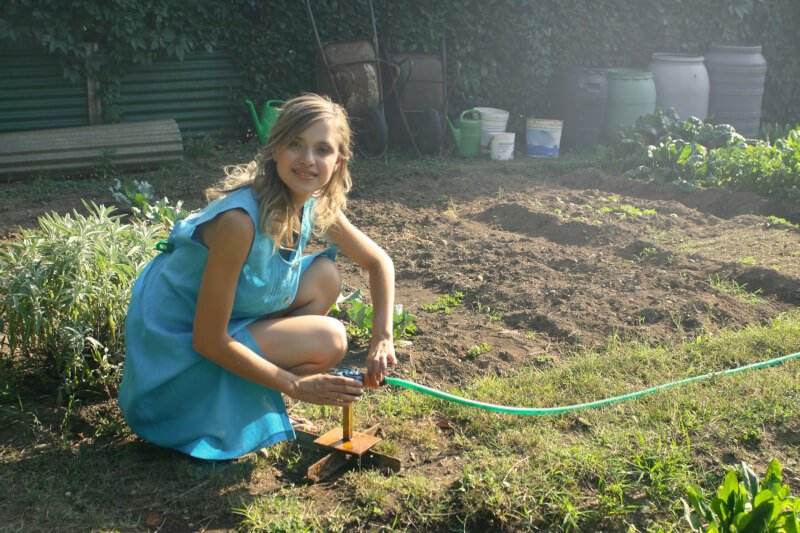If you’ve always wanted to try your hand at gardening but don’t have the space or proper soil conditions, fear not! Creating a DIY raised vegetable garden might be the solution you’ve been looking for. Not only does it allow you to grow vegetables even if you have limited space or poor soil quality, but it also offers numerous other benefits such as easier access, better drainage, and less strain on your back. In this article, we’ll walk you through the step-by-step process of creating your own raised vegetable garden so that you can enjoy fresh, homegrown produce right in your backyard. So grab your gardening gloves, and let’s get started!
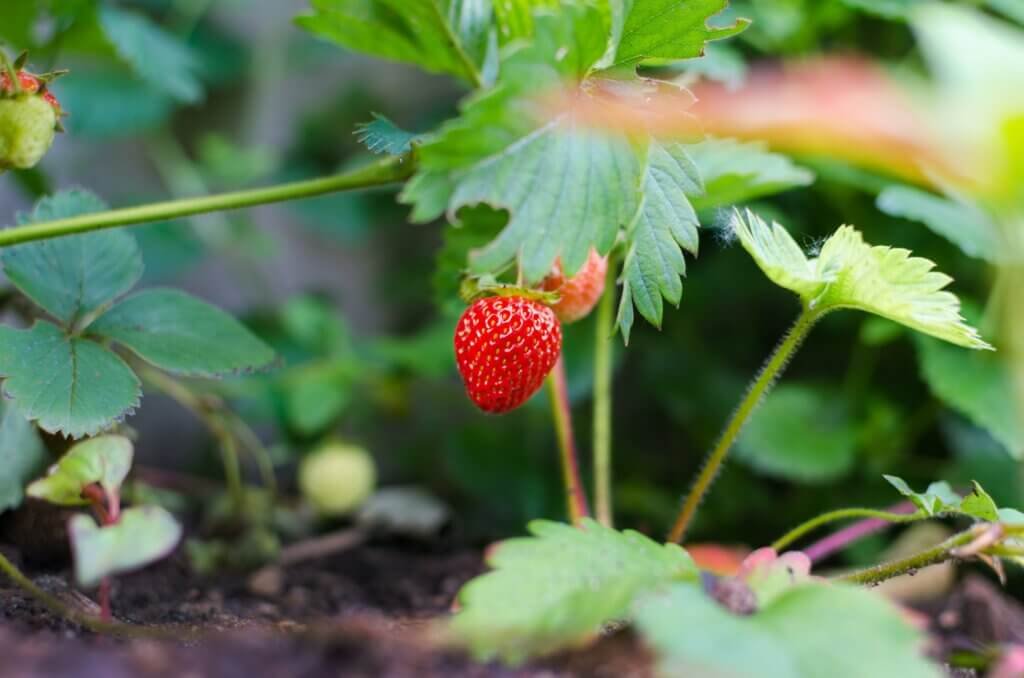
Choosing the Right Location
Assessing Sunlight and Shade
When selecting the location for your DIY raised vegetable garden, it is important to assess the amount of sunlight and shade the area receives throughout the day. Most vegetables require at least six to eight hours of direct sunlight to thrive, so choose a spot that receives ample sunlight. Avoid areas that are heavily shaded by trees or buildings, as this can hinder the growth of your plants. By ensuring your garden bed is placed in a sunny spot, you are setting yourself up for success and providing your vegetables with the ideal conditions they need to flourish.
Considering Drainage
Another crucial aspect to consider when choosing the location for your raised vegetable garden is the drainage of the area. Your garden bed should be situated in a spot where excess water can drain away easily. Avoid low-lying areas that tend to collect water or become waterlogged, as this can lead to root rot and other issues. If necessary, you can improve the drainage of the area by adding additional soil or creating a slight slope to help water flow away from the garden bed. Adequate drainage will ensure that your plants receive the right amount of water without becoming waterlogged.
Ensuring Accessibility
Accessibility is an important factor to consider when selecting the location for your DIY raised vegetable garden. Choose a spot that is easily accessible for watering, tending to plants, and harvesting your vegetables. This will make it more convenient for you to maintain and care for your garden throughout the growing season. Consider proximity to a water source, as you will need to consistently provide water to your plants. Additionally, choose an area that is easily accessible for you to navigate around the garden bed without damaging your plants. By ensuring accessibility, you will be able to enjoy your garden and reap the rewards of your hard work more easily.
Selecting the Garden Bed Materials
Wooden Planks
Wooden planks are a popular choice for constructing raised garden beds due to their natural beauty and affordability. They can be easily customized to fit your desired dimensions and shape, making them a versatile option for any garden. It is important to choose a rot-resistant wood, such as cedar or redwood, to ensure the longevity of your garden bed. Treat the wood with a non-toxic sealer or stain to further protect it from the elements. Wooden planks provide a traditional and rustic look to your garden while providing a functional and sturdy base for your plants.
Bricks or Stones
Using bricks or stones to build your raised garden bed can create a visually appealing and durable structure. Bricks or stones are ideal for creating a permanent garden bed, as they are long-lasting and resistant to rot. Arrange the bricks or stones in a desired shape and secure them in place using mortar or a suitable adhesive. This will create a strong foundation for your garden bed that will withstand the test of time. Bricks or stones offer a classic and elegant look to your garden, making it a standout feature in your outdoor space.
Concrete Blocks
Concrete blocks are another option for constructing a raised vegetable garden. They are easy to work with and provide a solid structure for your garden bed. Concrete blocks can be stacked and secured together using mortar or a suitable adhesive to create a stable and durable raised bed. The hollow spaces within the blocks can also be filled with soil to create additional planting areas. Concrete blocks offer a modern and industrial look to your garden bed, adding a unique touch to your overall garden design.
Composite Materials
Composite materials, such as recycled plastic or composite boards, are a sustainable and low-maintenance option for building a raised vegetable garden. These materials are resistant to rot, insects, and warping, making them a durable choice for your garden bed. Composite boards can be easily cut and shaped to your desired dimensions, allowing for flexibility in garden design. They also come in a variety of colors and finishes, allowing you to personalize your garden bed to match your outdoor aesthetic. Composite materials offer a modern and eco-friendly look to your garden while providing a long-lasting structure for your plants.
Preparing the Ground
Clearing the Area
Before you start building your raised vegetable garden bed, it is important to clear the area of any existing vegetation or debris. Remove any grass, weeds, or unwanted plants by either manually pulling them out or using a garden hoe or shovel to loosen and remove them. This will ensure that your garden bed is free of competition from other plants and provide a clean slate for your vegetables to grow.
Leveling the Ground
After clearing the area, it is important to level the ground where your garden bed will be placed. Use a rake or garden hoe to smooth out any uneven areas and create a level surface. A level ground will help ensure that your garden bed is stable and evenly supported, providing a solid base for your plants. This will also make it easier for you to maintain and care for your garden bed.
Removing Weeds and Debris
In addition to clearing the area of existing vegetation, it is also important to remove any weeds or debris that may have accumulated in the soil. Inspect the area carefully and remove any remaining grass, weeds, or other unwanted plant material. This will prevent weeds from competing with your vegetables for nutrients and minimize the risk of pests or diseases. By removing weeds and debris, you are creating a clean and healthy environment for your plants to thrive.
Building the Raised Garden Bed
Determining Dimensions and Shape
Before assembling your raised garden bed, it is important to determine the dimensions and shape that will best suit your gardening needs and available space. Consider factors such as the amount of vegetables you intend to grow, the space available in your garden, and your own physical capabilities. A larger garden bed will allow you to grow a greater variety and quantity of vegetables, but it may also require more soil and maintenance. Determine the appropriate height for your garden bed, keeping in mind that a higher bed can be more accessible and reduce bending and kneeling for gardening tasks.
Assembling the Garden Bed
Once you have determined the dimensions and shape of your raised garden bed, it is time to assemble the materials. Follow the instructions provided by the manufacturer or use suitable hardware to secure the chosen materials together. If using wooden planks, attach them at the corners using screws or nails. For bricks, stones, or concrete blocks, ensure they are securely stacked and aligned. If using composite materials, follow the manufacturer’s recommendations for connecting the boards. Assemble the garden bed carefully, ensuring that all sides are securely fastened together.
Securing Corners and Sides
To ensure the stability of your raised garden bed, it is important to secure the corners and sides. This will prevent the garden bed from shifting or collapsing over time. If using wooden planks, reinforce the corners with L-shaped brackets or corner braces. For bricks, stones, or concrete blocks, use mortar or a suitable adhesive to secure the layers together. If using composite materials, follow the manufacturer’s recommendations for reinforcing the corners and sides. Securing the corners and sides of your garden bed will provide a sturdy structure that can withstand the weight of the soil and the growth of your plants.
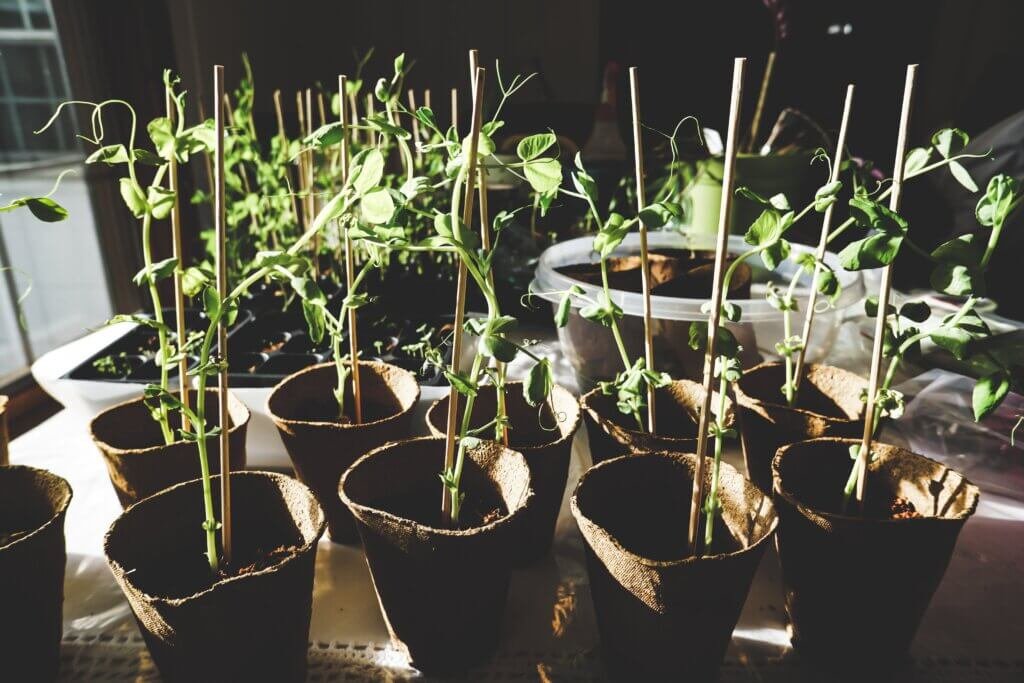
Filling the Bed with Soil
Choosing the Right Soil Mixture
When filling your raised garden bed, it is important to choose the right soil mixture that will provide the necessary nutrients and drainage for your plants. A good soil mixture for vegetable gardens typically consists of equal parts garden soil, compost, and peat moss or coconut coir. This will provide a nutrient-rich environment for your plants to thrive. Avoid using soil from your yard, as it may contain weeds, pests, or diseases that can harm your plants. By choosing the right soil mixture, you are setting your plants up for success and ensuring healthy growth.
Adding Compost or Organic Matter
To further improve the fertility and organic content of your soil, it is recommended to add compost or organic matter to the bed. Compost enriches the soil with beneficial microorganisms and nutrients, allowing your plants to have access to a wide range of essential elements. Organic matter, such as dried leaves or grass clippings, can also be added to improve the soil structure and moisture retention. Mix the compost or organic matter evenly into the soil to ensure that it is well-distributed throughout the bed. This will provide a nutrient-rich and well-aerated growing medium for your plants.
Leveling and Raking the Soil
Once the soil and compost or organic matter have been added to the raised garden bed, it is important to level and rake the soil to create a smooth and even surface. Use a garden rake or shovel to level the soil and remove any large clumps or stones. This will provide an even planting surface for your vegetables and make it easier to maintain and care for your garden bed. By leveling and raking the soil, you are ensuring that the nutrients and water are evenly distributed throughout the bed, promoting healthy growth for your plants.
Planning the Garden Layout
Choosing Vegetables and Their Spacing
When planning the layout of your raised vegetable garden, it is important to consider the types of vegetables you want to grow and their recommended spacing requirements. Different vegetables have different spacing requirements to allow for proper airflow, sunlight exposure, and root development. Research the specific spacing requirements for each vegetable and plan your garden layout accordingly. Consider the potential height and spread of each plant to avoid overcrowding and provide enough space for optimal growth. By carefully choosing your vegetables and spacing them correctly, you are maximizing the productivity and health of your garden.
Mapping Out Planting Zones
To make the most of your raised vegetable garden, it is helpful to map out different planting zones based on the sunlight and shade patterns in your garden. Some vegetables thrive in full sun, while others prefer partial shade. By strategically organizing your garden based on the sunlight and shade availability, you can ensure that each plant receives the optimal conditions for growth. Identify the areas of your garden that receive the most sunlight and plan to plant sun-loving vegetables in those spots. Similarly, reserve the shadier areas for vegetables that thrive in partial shade. By mapping out planting zones, you are effectively utilizing the available space and maximizing the productivity of your garden.
Considering Companion Planting
In addition to planning the layout based on sunlight and shade, it is also beneficial to consider companion planting when planning your raised vegetable garden. Companion planting involves grouping together plants that have beneficial relationships, such as repelling pests, attracting pollinators, or enhancing soil fertility. Research companion planting combinations that work well together and consider incorporating them into your garden layout. For example, planting marigolds with tomatoes can help repel harmful insects, while planting basil near peppers can enhance the flavor of both plants. By considering companion planting, you are creating a harmonious and productive garden ecosystem.

Planting the Vegetables
Digging Planting Holes
When it comes time to plant your vegetables in the raised garden bed, it is important to dig proper planting holes to accommodate the roots of each plant. The size of the planting hole will depend on the specific vegetable you are planting. Use a hand trowel or garden shovel to dig a hole that is deep and wide enough to comfortably fit the roots of the plant. Be careful not to damage the roots or compact the soil too much during the process. By digging proper planting holes, you are ensuring that the roots have enough space to establish themselves and access the necessary nutrients in the soil.
Transplanting Seedlings or Sowing Seeds
Depending on your preference and the type of vegetable, you can either transplant seedlings or directly sow seeds into the raised garden bed. Transplanting seedlings involves carefully removing the seedlings from their pots and gently placing them into the prepared planting holes. Ensure that the soil is thoroughly watered before transplanting to prevent dryness and provide moisture for the newly transplanted seedlings. Alternatively, you can directly sow seeds by following the recommended planting depth and spacing for each vegetable. Gently cover the seeds with soil, ensuring that they are adequately covered but not buried too deeply. By transplanting seedlings or sowing seeds, you are initiating the growth of your vegetable plants and beginning the journey to a bountiful harvest.
Watering and Mulching
Immediately after planting, it is crucial to provide adequate water to the newly planted vegetables. Water thoroughly, ensuring that the soil is moist but not waterlogged. This will help the plants establish their roots and promote healthy growth. After watering, apply a layer of organic mulch around the base of each plant. Mulch helps retain moisture in the soil, suppresses weed growth, and regulates soil temperature. Use organic mulch, such as straw, wood chips, or shredded leaves, and apply it evenly around the plants, leaving a small space around the stems to prevent rotting. By watering and mulching your plants, you are setting them up for success and creating optimal growing conditions.
Providing Adequate Watering
Determining Watering Frequency
Watering is a critical aspect of maintaining a healthy raised vegetable garden, as it ensures that your plants receive the necessary moisture for growth. The frequency of watering will depend on various factors, including the type of vegetable, weather conditions, and soil moisture levels. As a general guideline, aim to water your garden bed thoroughly whenever the top inch of soil feels dry to the touch. This may require watering every two to three days during hot and dry periods. However, it is important to avoid overwatering as well, as this can lead to root rot and other issues. Monitor the moisture levels regularly and adjust the watering frequency accordingly.
Using Efficient Irrigation Methods
To ensure efficient watering and minimize water waste, consider using appropriate irrigation methods for your raised vegetable garden. Drip irrigation systems or soaker hoses are ideal choices, as they deliver water directly to the base of the plants, reducing evaporation and water runoff. These systems can be connected to a timer or operated manually, allowing for consistent and controlled watering. Alternatively, hand watering with a watering can or hose with a gentle spray attachment can also be effective. Whichever method you choose, ensure that the water reaches the root zone of the plants without causing unnecessary splashing or runoff.
Monitoring Soil Moisture
Regularly monitoring the moisture levels of the soil in your raised vegetable garden is essential for maintaining a healthy garden. Use a moisture gauge or simply test the soil by inserting your finger into the soil to determine its moisture content. The soil should be evenly moist but not waterlogged or bone dry. If the soil feels dry, it is time to water. If the soil feels overly wet, allow it to dry out slightly before watering again. Monitoring the soil moisture will help you understand the watering needs of your plants and provide them with the appropriate amount of water for optimal growth.
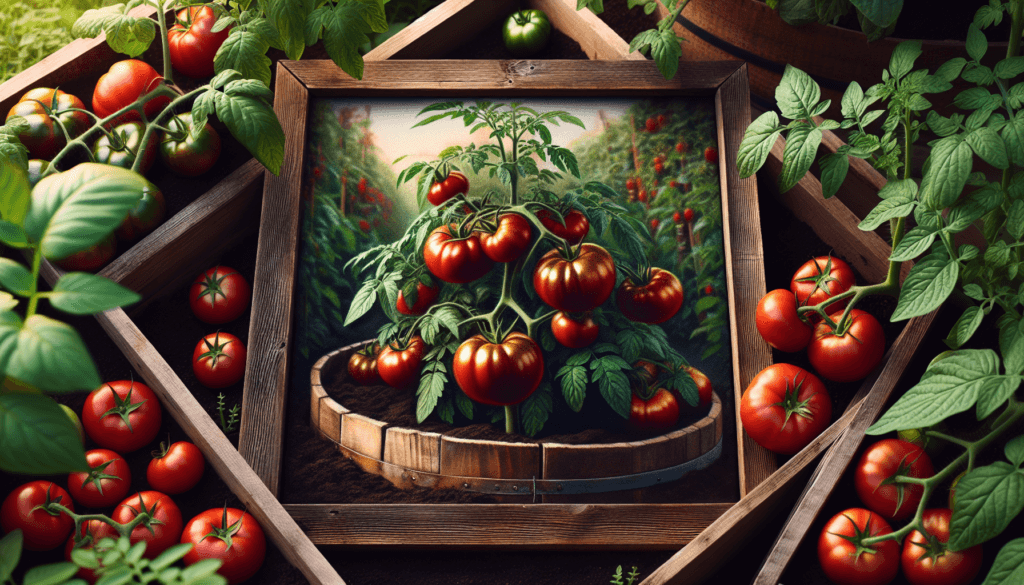
Managing Weeds and Pests
Using Mulch to Suppress Weeds
One common challenge in gardening is managing weeds, which can compete with your vegetables for nutrients and water. To suppress weed growth, maintain a layer of organic mulch around the base of your plants. The mulch acts as a barrier, preventing weed seeds from germinating and reducing weed growth. Regularly inspect the mulch for any emerging weeds and promptly remove them before they have a chance to spread. By using mulch effectively, you are keeping your raised vegetable garden free of weeds and creating a cleaner and more productive environment for your plants to thrive.
Regularly Inspecting for Pests
In addition to weeds, pests can pose a threat to your raised vegetable garden by damaging your plants and reducing your harvest. Regularly inspect your plants for any signs of pest infestation, such as holes in leaves, discolored foliage, or insect activity. Check both the upper and lower surfaces of the leaves as pests often hide on the underside. Promptly remove any pests you find by hand or use a suitable organic insecticide or pest control method. Early detection and quick action can help prevent the spread of pests and minimize damage to your plants.
Implementing Organic Pest Control Methods
When it comes to pest control in your raised vegetable garden, it is ideal to use organic and environmentally friendly methods. There are various organic pest control methods you can implement, such as companion planting, natural predators, physical barriers, and organic insecticides. For example, planting marigolds can repel pests, introducing ladybugs can help control aphids, using row covers can protect plants from flying insects, and applying neem oil can deter a wide range of pests. Research organic pest control methods for specific pests and implement them accordingly. By using organic pest control methods, you are protecting the health of your plants, the environment, and promoting a balanced ecosystem in your garden.
Caring for the Garden
Regular Watering and Fertilizing
Regular watering and fertilizing are essential for the ongoing care of your raised vegetable garden. Continuously monitor the moisture levels of the soil and water whenever necessary, ensuring that the plants receive enough water to thrive. Additionally, provide your vegetables with a balanced organic fertilizer to ensure they receive the necessary nutrients for healthy growth. Follow the recommended application rates and timing indicated on the fertilizer packaging. Regular watering and fertilizing will help maintain the vitality and productivity of your vegetable plants throughout the growing season.
Pruning and Training Plants
Pruning and training your vegetable plants can help maintain their shape, encourage better air circulation, and promote fruit production. Regularly inspect your plants for any damaged, diseased, or dead branches and remove them with clean pruning shears. Additionally, certain vegetable plants, such as tomatoes or cucumbers, may require support structures or trellises to keep them upright and allow for better airflow. Proper training and pruning will not only improve the aesthetics of your raised vegetable garden but also contribute to healthier and more productive plants.
Monitoring for Disease
As you care for your raised vegetable garden, it is important to monitor your plants for any signs of disease. Look for symptoms such as yellowing leaves, spots, wilting, or stunted growth. If you suspect a disease, promptly identify the issue and take appropriate measures to manage it. This may include removing and destroying infected plants, improving airflow around the plants, or applying organic disease control methods. Regular monitoring for disease will help you identify and address issues before they spread and cause significant damage to your crops.
Creating a DIY raised vegetable garden can be a rewarding and fulfilling experience. By following these comprehensive steps, you will have the knowledge and confidence to create a successful garden bed, plant and care for your vegetables, and enjoy the delicious harvest that comes from your hard work. Remember to assess the sunlight and drainage of the location, select suitable garden bed materials, prepare the ground properly, and provide the necessary care and attention required for your plants to thrive. Happy gardening!
